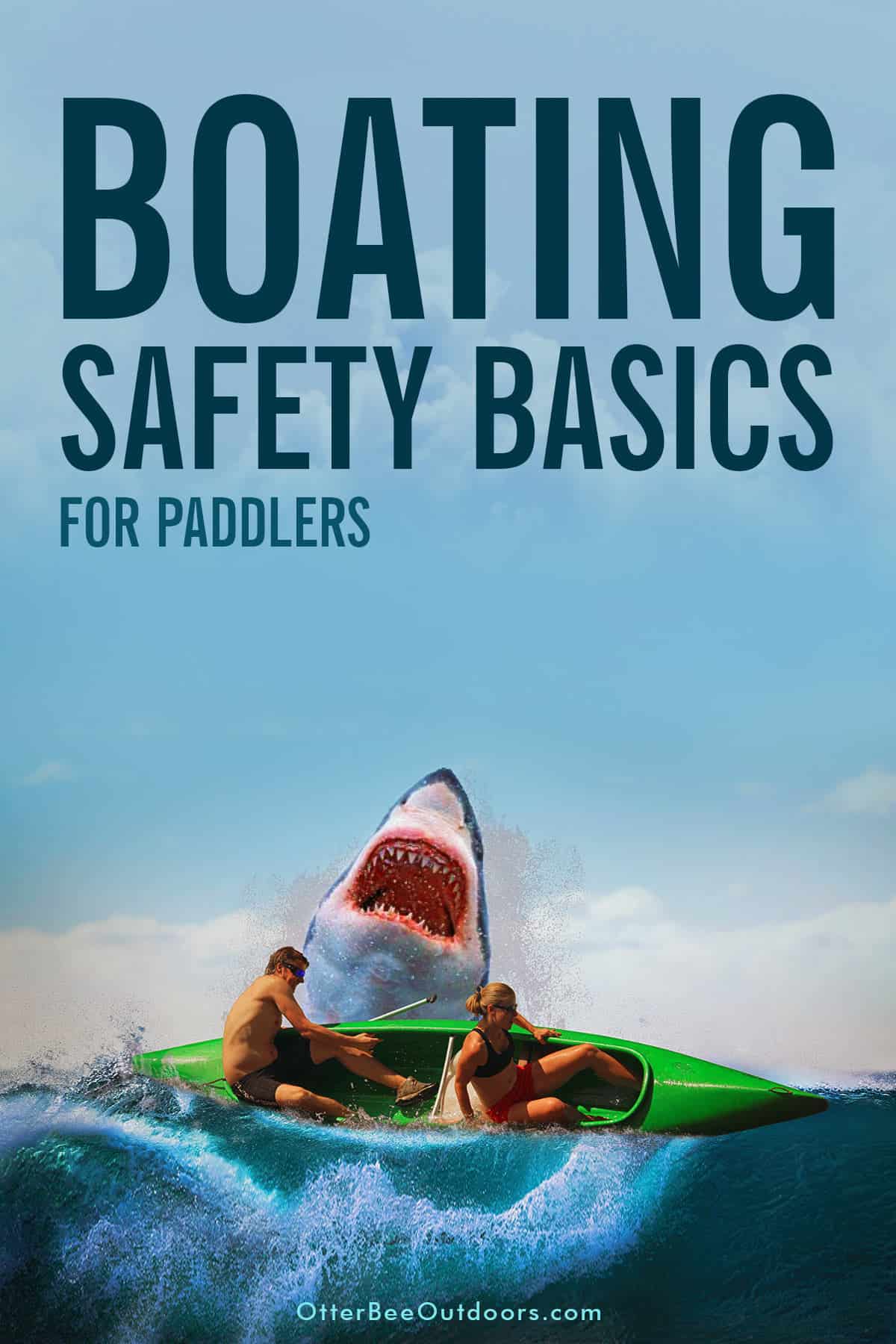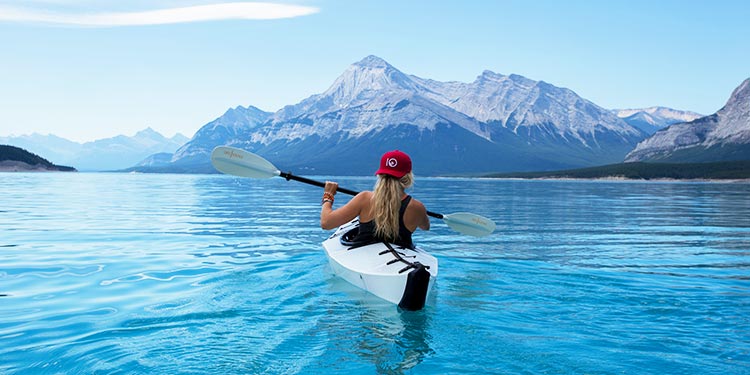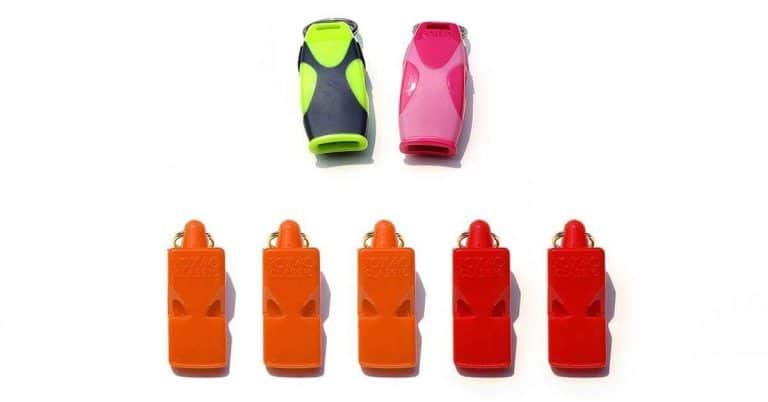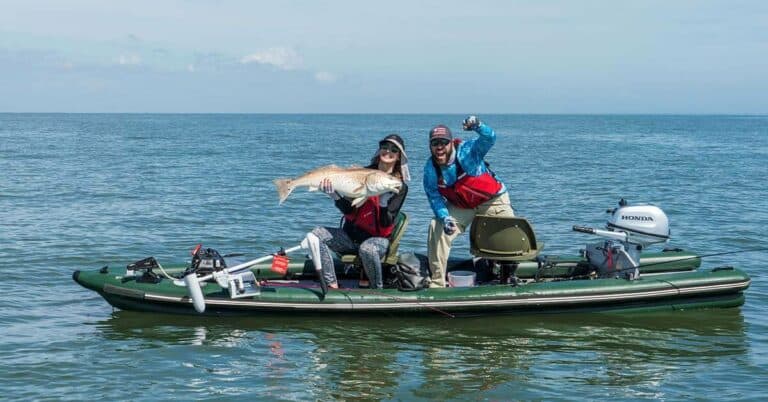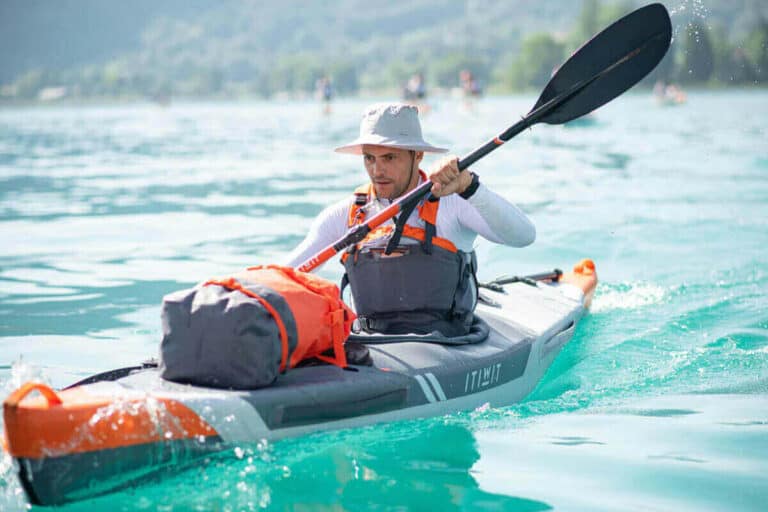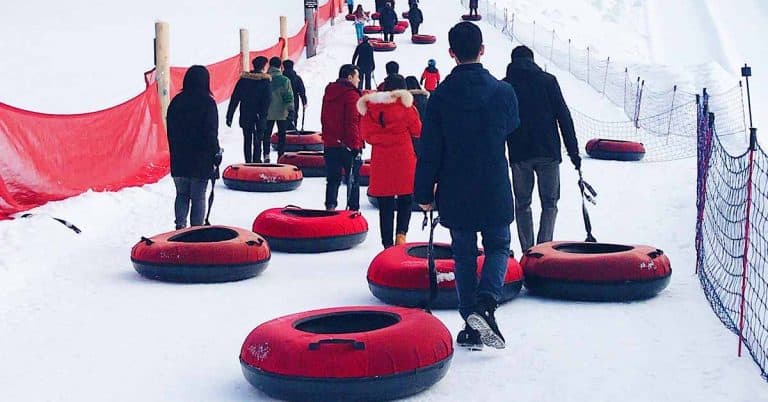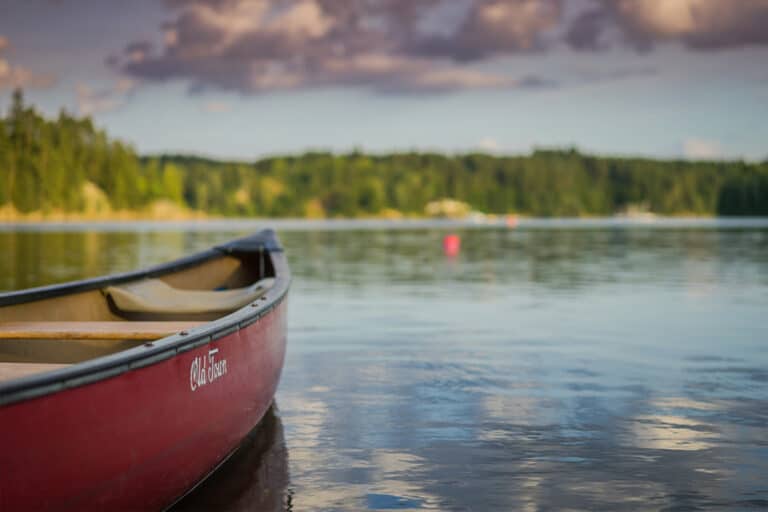Disclosure: I am compensated for purchases made through some links on this site. Click for details.
Boating safety basics that you and your passengers should be familiar with before departing the shore or dock in your kayak, canoe, SUP, personal pontoon, float tube, or other paddle boats:
1) Take boating safety courses to improve your knowledge of boating.
2) Be aware of local and national boating laws, rules, and regulations and adhere to them.
3) Bring all essential safety equipment for your paddling trip and make sure it is in proper working order.
4) Review basic boat operation and the use of safety equipment with passengers.
5) Be sure that one of your passengers can operate the boat in an emergency.
6) Carry a United States Coast Guard (USCG) approved personal flotation device (PFD) for you and each passenger.
7) Children 12 years of age and younger should always wear a USCG-approved PFD.
8) Non-swimmers should always wear a USCG-approved PFD.
9) You and your passengers should wear a USCG-approved PFD in rough water, whitewater, strong currents, strong tides, and strong winds.
10) DO NOT use an inflatable boat as a PDF.
11) Check the weather forecast, water levels, currents, and tides.
12) Watch for changes in the weather and water conditions while out on the water.
13) DO NOT paddle in adverse weather conditions… Storms, strong winds, lightning, and rough water.
14) DO NOT paddle in adverse water conditions… Swollen waterways, rough water, high waves, strong currents, and strong tides.
15) Know the water temperature and dress in appropriate clothing for immersion.
16) Determine what distance you can reasonably paddle in your allotted time with weather and water conditions in mind.
17) Plan a trip within your capabilities.
18) DO NOT go boating if you lack reasonable swimming ability.
19) DO NOT go boating alone unless you are an experienced paddler.
20) DO NOT allow children to paddle unsupervised.
21) DO NOT paddle in whitewater without the appropriate training, experience, knowledge, and safety gear.
22) Be aware of and avoid paddling in areas with hazards below the water surface. (i.e. Rocks, sharp objects, fallen trees, limbs, etc.)
23) Be aware of and avoid paddling near dams, eddies, sweepers, strainers, and other river hazards.
24) Make sure the weight in your boat is evenly distributed.
25) DO NOT paddle while under the influence of alcohol or drugs. (See: Can You Get A DUI On A Kayak?)
26) Create and share a paddling itinerary that includes where you are going, when you will launch and return, who will be with you, and what to do if you fail to check in or return on time.
27) Stay alert to possible dangers and use caution and common sense when operating and getting in and out of your boat.
28) DO NOT exceed the certified maximum occupancy or maximum load capacity of your boat.
29) Check the valves and inflation levels of inflatable boats before getting out on the water.
30) Avoid dragging inflatable boats over rocks and gravel.
31) DO NOT use compressors, CO2, or compressed air to inflate an inflatable boat. Only use manufacturer-recommended pumps.
32) DO NOT get eaten by a shark. 😛
Related Content:
- Canoe & Kayak Safety Equipment Checklist
- Fishing Float Tube Safety Guide
- How Long Does It Take To Kayak A Mile?
